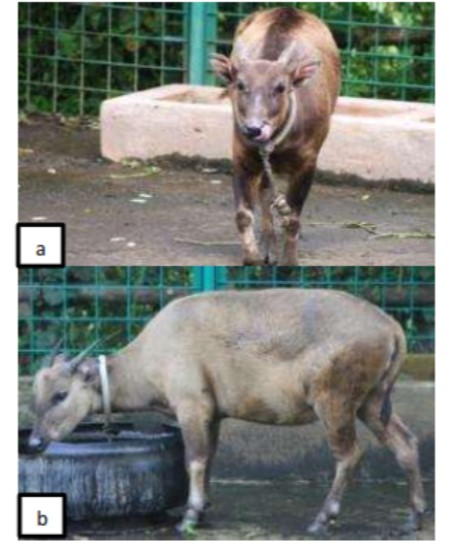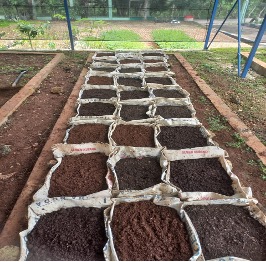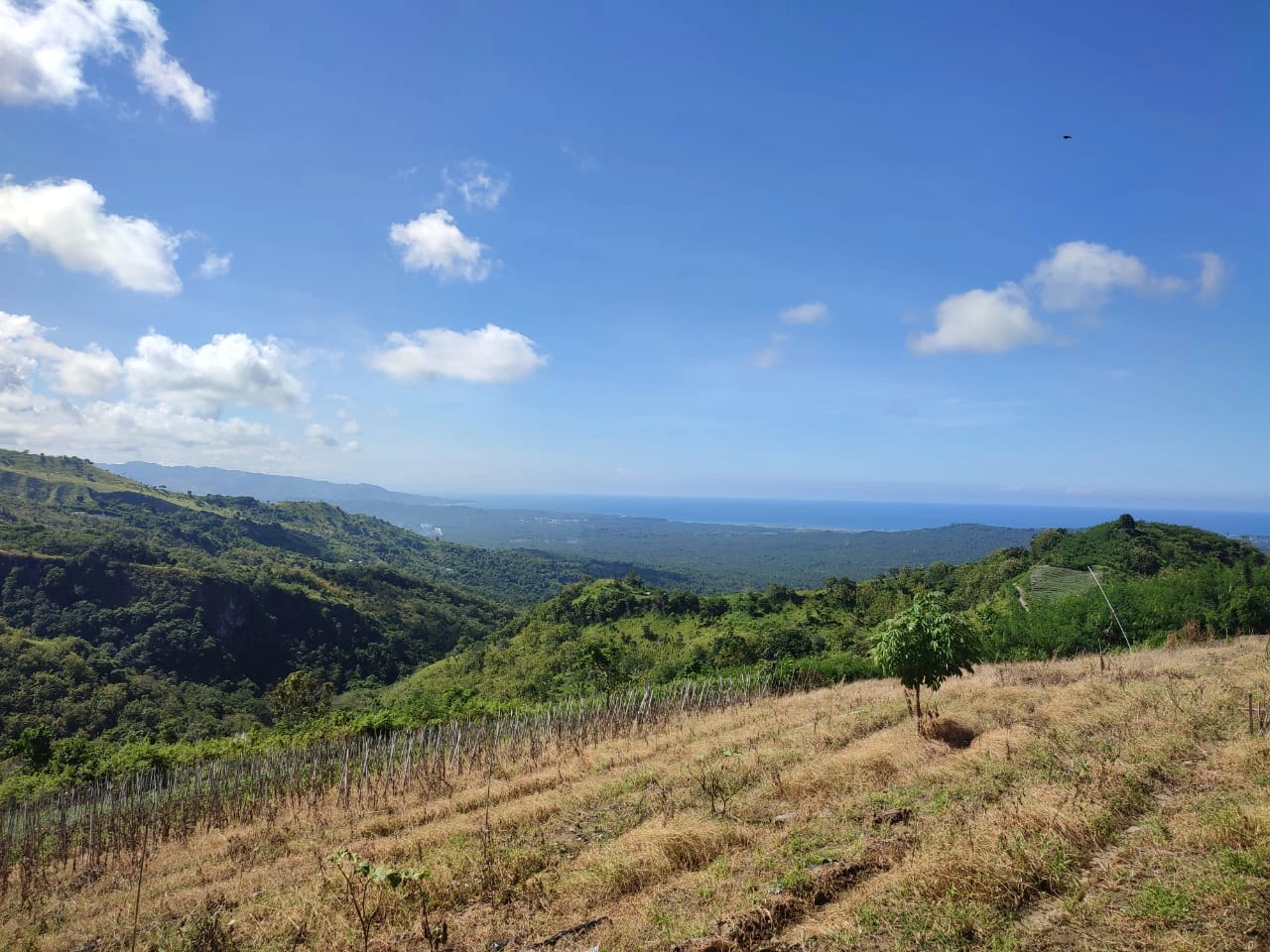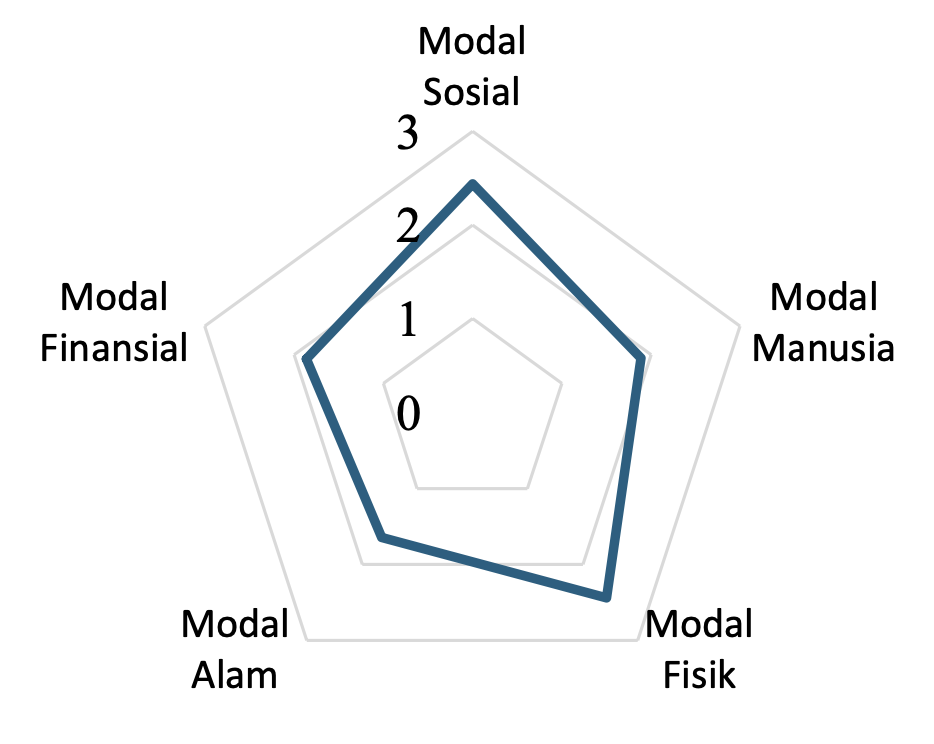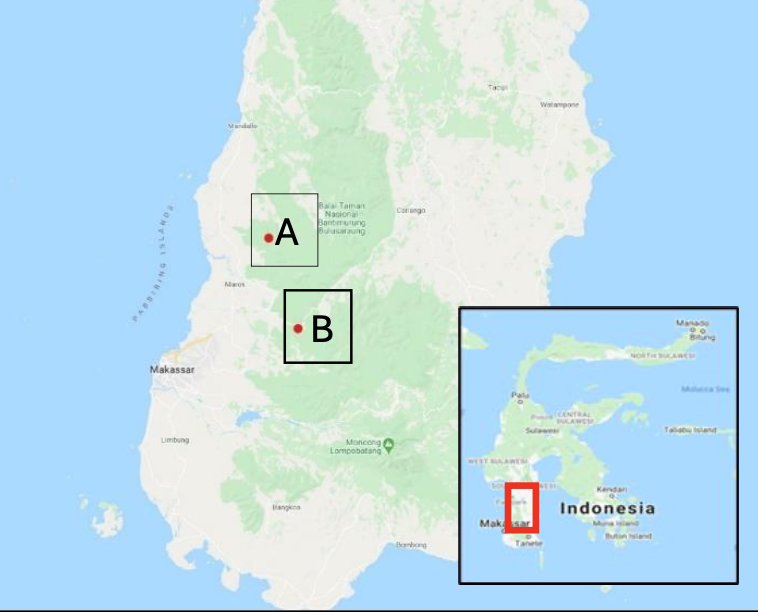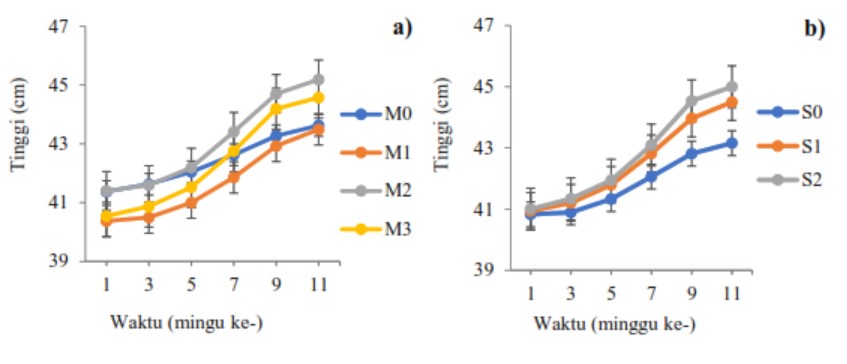Prefered Feed of Anoa (Bubalus sp.) at Manado Forestry Research Institute Captivity
Abstract
The present study aims to determine the type of fodder available and the level of scarcity of Anoa’s fodder at the condition prior to captivity at the Forestry Research Institute of Manado. The method employed was a trial of 12 (twelve) types of fodder available around the captivity site given to 2 (two) female anoas. The data were analyzed and displayed in tables and graphs while the data of preferred fodder were analyzed using Neu’s index equation. The findings suggest that anoa put in captivity at the Forestry Research Institute of Manado did not encounter problems during the process of feeding adaptation. The average fodder needs required anoa at the captivity site of the Forestry Research Institute of Manado range from 10.2 to 11.7 kg/ day in which the fodder was given twice a day. Meanwhile, based on the availability and ease of supplying the fodder from around the captivity site, the following are the types of fodder from higher to lower preferences, namely: field grass, kangkung, shoes banana, string beans, beans and cucumbers, respectively. While fodder with the lowest level of scarcity is the type of fodder with a hard texture such as sweet potatoes, carrots or potatoes. Based on the results of a number of studies, it is recommended that variations in anoa’s fodder can be done every 4-5 times a day.
الحقوق الفكرية (c) 2014 Jurnal Wasian

هذا العمل مرخص بموجب Creative Commons Attribution-NonCommercial 4.0 International License.
Copyright and License
All articles published in Wasian Journal are the property of the authors. By submitting an article to Wasian Journal, authors agree to the following terms:
-
Copyright Ownership: The author(s) retain copyright and full publishing rights without restrictions. Authors grant the journal the right to publish the work first and to distribute it as open access under a Creative Commons Attribution 4.0 International License (CC BY 4.0).
-
Licensing: Articles published in Wasian Journal are licensed under a Creative Commons Attribution 4.0 International License (CC BY 4.0). This license allows others to share, copy, and redistribute the material in any medium or format, and adapt, remix, transform, and build upon the material for any purpose, even commercially, provided that proper credit is given to the original author(s) and the source of the material

This work is licensed under a Creative Commons Attribution 4.0 International License. -
Author's Rights: Authors are permitted and encouraged to post their work online (e.g., in institutional repositories or on their website) prior to and during the submission process, as it can lead to productive exchanges and greater citation of published work.
-
Third-Party Content: If your article contains material (e.g., images, tables, or figures) for which you do not hold copyright, you must obtain permission from the copyright holder to use the material in your article. This permission must include the right for you to grant the journal the rights described above.
-
Reprints and Distribution: Authors have the right to distribute the final published version of their work (e.g., post it to an institutional repository or publish it in a book), provided that the original publication in Wasian Journal is acknowledged.
For the reader you are free to:
- Share — copy and redistribute the material in any medium or format for any purpose, even commercially.
- Adapt — remix, transform, and build upon the material for any purpose, even commercially.
- The licensor cannot revoke these freedoms as long as you follow the license terms.
Under the following terms:
- Attribution — You must give appropriate credit , provide a link to the license, and indicate if changes were made . You may do so in any reasonable manner, but not in any way that suggests the licensor endorses you or your use.
- No additional restrictions — You may not apply legal terms or technological measures that legally restrict others from doing anything the license permits.
Notices:
You do not have to comply with the license for elements of the material in the public domain or where your use is permitted by an applicable exception or limitation .
No warranties are given. The license may not give you all of the permissions necessary for your intended use. For example, other rights such as publicity, privacy, or moral rightsmay limit how you use the material.
الأعمال الأكثر قراءة لنفس المؤلف/المؤلفين
- Margaretta Christita Margaretta, Iwanuddin Iwanuddin Iwanuddin , Yermias Kafiar Yermias, Supratman Tabba Supratman , Identification of Water Bacteria from Nickel Post Mining in East Halmahera , Jurnal Wasian: مجلد 5 عدد 1 (2018): June
- Diah Irawati Dwi Arini Diah , Julianus Kinho Julianus, Melkianus S Diwi Melkianus , Margareta Christita Margareta , Jafred E Halawane Jafred , Muhammad F Fahmi Fahmi, Yermias Kafiar Yermias, Wildlife Diversity for Ecotourism at Aqua Lestari Forest Park, North Minahasa , Jurnal Wasian: مجلد 5 عدد 1 (2018): June
- Nurlita Indah Wahyuni Nurlita , Yermias Kafiar Yermias , Species Composition and Structure of Secondary Forest at Nunuka, North Bolaang Mongondow , Jurnal Wasian: مجلد 4 عدد 1 (2017): June
- Diah Irawati Dwi Arini Diah , Julianus Kinho Julianus, Diversity of Medicinal Plants on Coastal Forest in Tangkoko Natural Reserve , Jurnal Wasian: مجلد 2 عدد 1 (2015): March
- Diah Irawati Dwi Arini Diah, Isdomo Yuliantoro Isdomo , Perception of Local Community of Pinogu Toward Forest and Its Utilization , Jurnal Wasian: مجلد 6 عدد 2 (2019): December
- Diah Irawati Dwi Arini Diah, Birds Species of Rallidae Family in Forestry and Environment Research and Development Institute of Manado , Jurnal Wasian: مجلد 3 عدد 1 (2016): June
- Diah Irawati Dwi Arini Diah , Identification of Sampiri Birds Colonies Roosting Tree Species in Karakelang Island Talaud Islands North Sulawesi , Jurnal Wasian: مجلد 3 عدد 2 (2016): December

